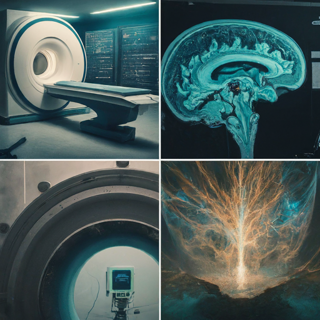
Ever wondered about the bizarre possibility of two coins, no matter how distant, always landing on heads when flipped simultaneously? Welcome to the intriguing reality of quantum entanglement, where the seemingly impossible becomes a tangible phenomenon.
What is quantum entanglement?
Quantum entanglement is a perplexing connection between two particles, defying classical physics. Sharing a single quantum state, measuring one particle instantaneously reveals the state of the other, irrespective of the distance—a phenomenon Einstein famously labeled "spooky action at a distance."
But how does this relate to everyday life?
Despite its abstract nature, quantum entanglement significantly impacts our daily lives through various technologies:
- MRI machines: Utilizing entangled nuclei, these medical wonders provide detailed body images, enabling precise diagnoses of diseases and injuries.
- Quantum computers: Tapping into entanglement, these next-gen machines handle calculations beyond classical computers' capacity, promising revolutions in medicine, materials science, and artificial intelligence.
- GPS: Entangled electrons contribute to the accuracy of atomic clocks, crucial for precise GPS navigation. Without entanglement, our navigation experience would be far less reliable.
The future of entanglement
Researchers explore quantum entanglement's potential, envisioning breakthroughs in teleportation, secure communication, and a theory of quantum gravity. While these concepts may sound like sci-fi, quantum physics history is rife with surprises—entanglement itself was once deemed fantastical.
So, the next time you use your phone or get an MRI scan, remember you're interacting with the strange world of quantum entanglement, unseen but profoundly impacting our daily experiences.
I hope this blog post enhances your understanding of quantum entanglement and its potential influence on our lives.
0 comments
Be the first to comment!
This post is waiting for your feedback.
Share your thoughts and join the conversation.
